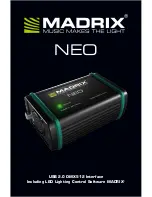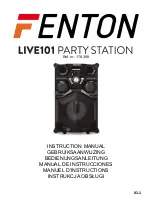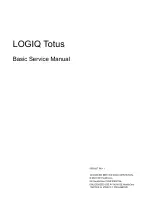
OFITE, 11302 Steeplecrest Dr., Houston, TX 77065 USA / Tel: 832-320-7300 / Fax: 713-880-9886 / www.ofite.com
5
Safety
Read this manual carefully before attempting to use the equipment. Improper
use can result in injury or damage to the equipment.
Temperature
The heating jacket, test cell, and pressure assemblies will be very hot during
testing. Handle these components with care. Never touch hot components
without wearing protective clothing.
At elevated temperatures, the fluid in the test cell will expand. Never fill the
test cell completely with fluid. Always leave some void space to allow for
thermal expansion. Refer to page 16 for recommended fill volumes.
Pressure
Always pressurize with either Carbon Dioxide or Nitrogen. Do not use Nitrous
Oxide (NO
2
), Oxygen (O
2
), or compressed air. These gasses are dangerous
at elevated temperatures.
The maximum working pressure of the test cell (6,000 PSI / 41.2 MPa) is
marked on the cell body and cap. Never exceed this pressure.
Equipment
Inspect all o-rings before every test. Discard any that show signs of damage
or wear. Looks for nicks, cuts, or brittle o-rings. Two sets of o-rings are
included with the Filter Press. The first set is made from Viton 75D. These
o-rings are black and should be used for tests up to 400°F only. The second
set is made from Viton 90D. These o-rings are green and should be used for
tests up to 500°F.
Cell Corrosion
Test fluids under high tempreature and pressure can corrode the cell body
and caps. Carefully inspect the cell body and calls for corrosion before and
after each test.
Some materials are more susceptible to corrosion than other. Also, some
fluids and additives are more corrosive than others. OFITE offers a variety of
cell materials for different levels of corrosion resistance and cost.







































